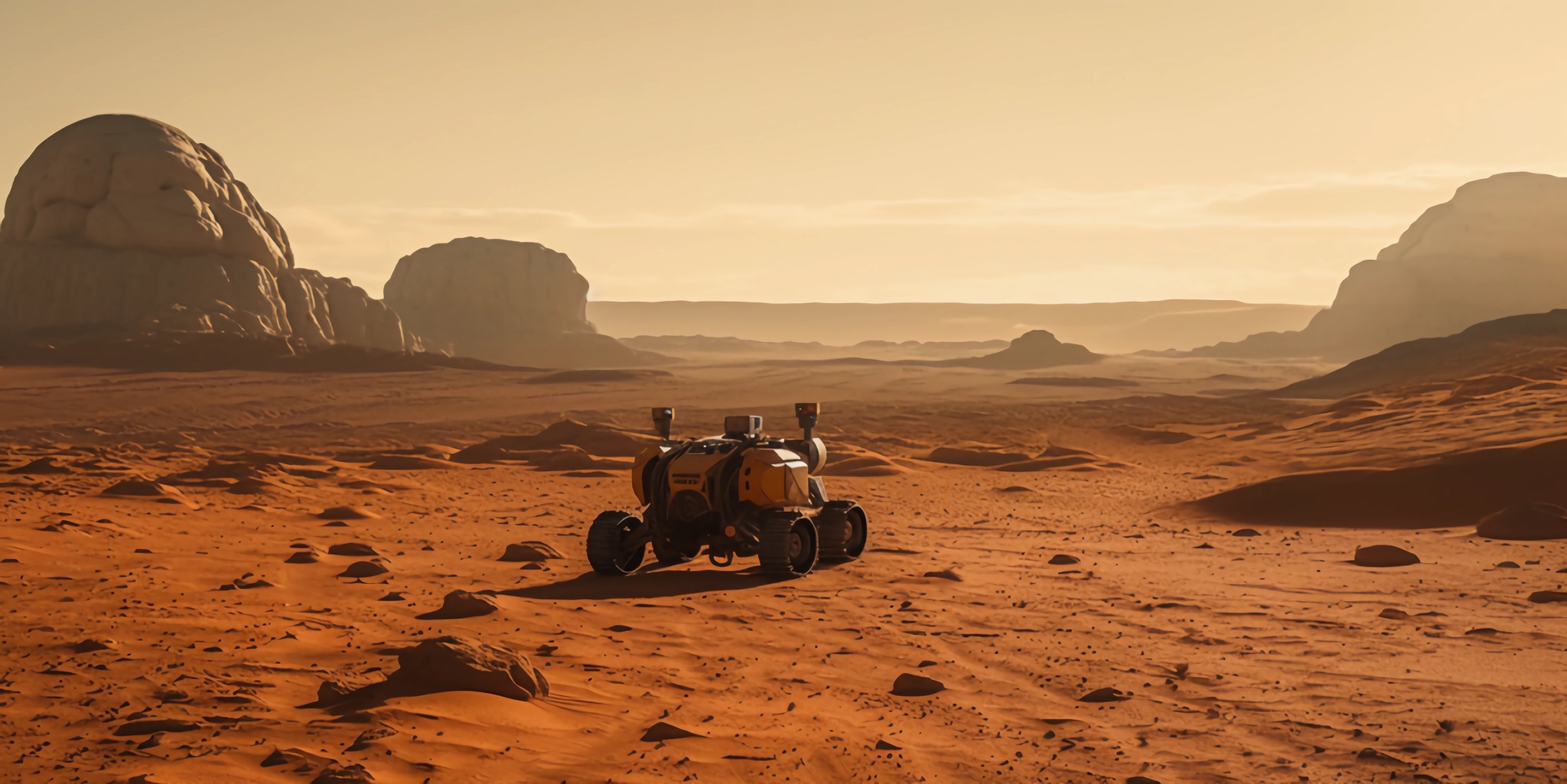Dragonfly’s Journey to Titan
Dragonfly is an ambitious project by NASA that aims to send a drone to explore Saturn’s largest moon, Titan. Titan is a unique destination, as it is the only moon in our solar system with a thick atmosphere, complete with clouds and rain. Additionally, the moon’s surface is covered in organic compounds, making it a fascinating target for astrobiological research. The mission is planned for launch in 2027, with the drone, named Dragonfly, arriving at Titan in 2036.
The Dragonfly mission is a part of NASA’s New Frontiers program, which aims to explore the outer solar system. The mission’s goals include exploring the prebiotic chemistry and habitability of Titan, studying the moon’s geology, and investigating the potential for life. The Dragonfly drone is designed to operate in Titan’s unique environment, which includes a dense atmosphere, low gravity, and extreme cold temperatures.
The Dragonfly drone is about the size of a small car and has eight rotors that allow it to fly like a helicopter. It is powered by a nuclear battery that provides enough energy to keep the drone flying for several years. The drone is equipped with a suite of scientific instruments, including a mass spectrometer, gamma-ray spectrometer, and a variety of cameras and sensors. These instruments will allow the drone to study the chemistry of Titan’s atmosphere and surface, as well as map the moon’s geology and search for signs of life.
The Dragonfly mission will begin with the drone landing on the surface of Titan, most likely in the Shangri-La dune fields. From there, the drone will take off and fly to various locations on the moon, covering a distance of several hundred kilometers over the course of its mission. The drone will explore Titan’s diverse landscapes, including dunes, mountains, and valleys, and investigate the moon’s methane lakes and seas.
One of the most exciting aspects of the Dragonfly mission is the potential for astrobiological discoveries. Titan’s organic-rich environment makes it an ideal target for the search for life beyond Earth. While the mission is not specifically designed to look for life, the drone’s scientific instruments will be able to detect the presence of complex organic molecules that could be indicative of biological activity.
The Dragonfly mission is a testament to NASA’s commitment to exploring the outer solar system and searching for life beyond Earth. The mission’s success could provide valuable insights into the origins of life in the universe and pave the way for future missions to other potentially habitable worlds. The Dragonfly drone’s journey to Titan is a monumental undertaking, but it has the potential to make groundbreaking discoveries and push the boundaries of what we know about our place in the cosmos.
Hits: 0














